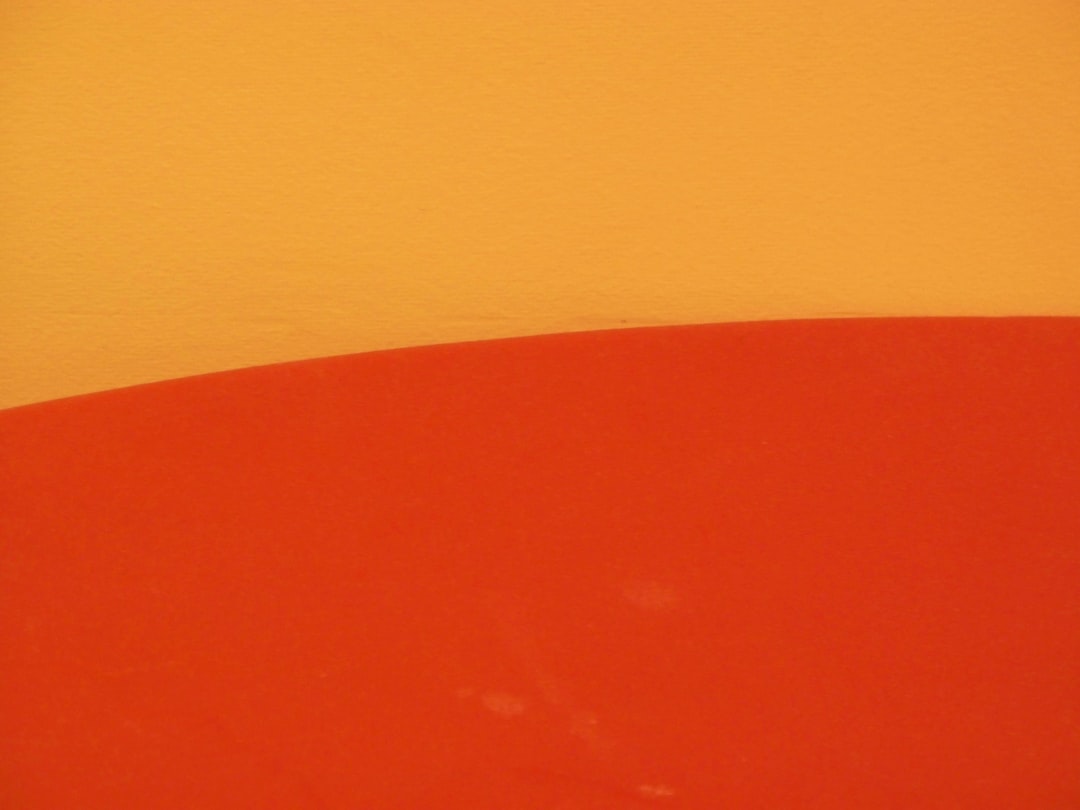What is it about?
Rain falling on developing seed crops of wheat is generally assumed to damage seed quality. That is confirmed in this research, but we also show that the damage can be reversed with subsequent drying in planta if seed harvest is delayed.
Featured Image
Why is it important?
Our research (see especially Figure 5) confirms a long-held suspicion of ours: during the period of seed development when seed quality improves, typically from the beginning of seed filling until close to harvest maturity in a cereal, the improvement in seed quality detected is net improvement whereby both improvement and deterioration occur, but the former is (usually) by far the greater. Similarly, once maximum seed quality has been attained, it is net loss in quality that is detected with, again, improvement and deterioration both possible, but in this case the latter is (usually) the greater. This helps to explain why the point in seed development and maturation when maximum quality is attained can vary with environment: in hostile environments, seed quality improvement can end prematurely.
Read the Original
This page is a summary of: Development of ability to germinate and of longevity in air-dry storage in wheat seed crops subjected to rain shelter or simulated supplementary rainfall, Seed Science Research, October 2016, Cambridge University Press,
DOI: 10.1017/s0960258516000209.
You can read the full text:
Contributors
The following have contributed to this page










